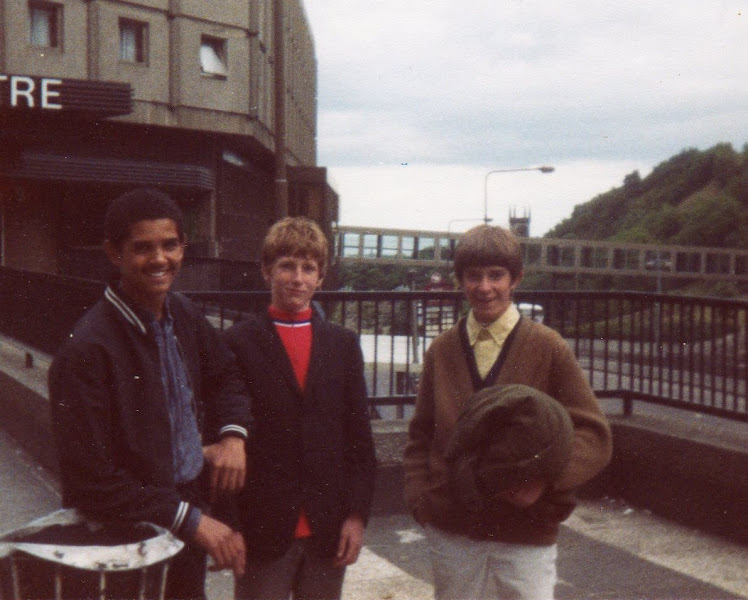This article The Mod Squad Goes Global explores the Mod cultures enduring appeal. Dan Synge explains the four stages of the Mod culture history: Quadrophenia-led parkafest in 1979, an Acid Jazz version in the late 1980’s and the fringe-and-guitar swagger of Britpop. Now the fourth phase he believes is the international era. Modstock 2 which was held in London in early summer attracted Mods from Germany, Sweden, Spain, the US and Japan. This event attracted 3000 Mods. Dan compares the Mod subculture to a church and believes that the Mod subculture needs to spread the gospel to attract new members. One of the men he interviewed explains that it’s a lot easier to be a Mod in this time period. When he was a Mod in the mid to late 1980’s he was battered and had lager poured on him by skinheads and casuals. For the current day Mods it’s easy to get original style fashion as many of the original tailors are still open and operating in Lexington Street and Carnaby Street. He explains today’s Mods like to mix vintage with modern designers such as Paul Smith, John Smedley and Prada. The reason this period is called the international era is because some of the most healthiest and thriving Mod scenes can be found in Italy, Sweden and Germany. The new Mods are trying to remove the stereotypical Union Jack image from the subculture to allow it to become international.
This newspaper article provides a complementary viewpoint from the other texts. It shows how the original Mod scene is evolving and changing to find a place in today’s modern world.
List of Works Cited
Synge, D. (2004). The Mod squad goes global: In its latest incarnation, the resurgent Mod scene has gone international. Dan Synge examines the subculture's enduring appeal: [LONDON 1ST EDITION]. Financial Times. LONDON, United Kingdom: 7-7.




